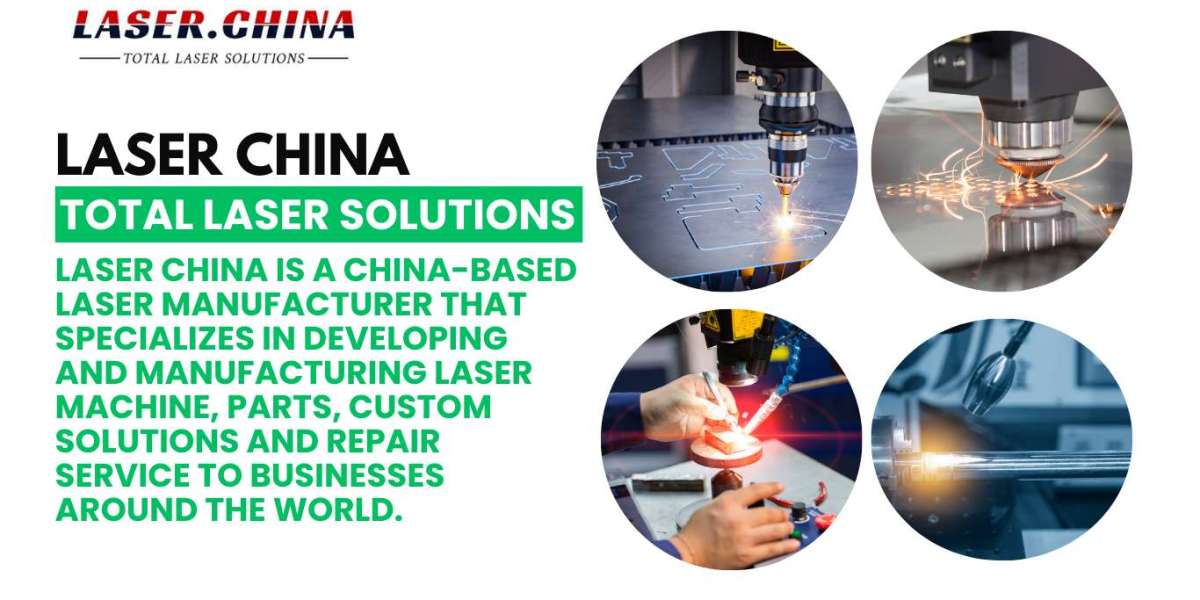A laser marking system is a type of technology used to mark or engrave objects with a laser beam. These systems are commonly used across various industries for labeling parts, products, or packaging with permanent, high-quality marks such as serial numbers, barcodes, logos, QR codes, and other identifiers. The key advantage of laser marking is its precision, speed, and the fact that it doesn’t require any physical contact or consumables like ink or labels.
How Does a Laser Marking System Work?
Laser marking systems work by focusing a high-powered beam of light onto the surface of a material. This beam interacts with the surface layer in a way that changes its appearance without necessarily cutting through it (though that is possible in some cases). There are several types of laser marking techniques depending on the material and the desired result:
Annealing: Often used on metals, this process heats the material to cause oxidation under the surface, creating a black mark without removing material.
Etching or Engraving: The laser removes a portion of the material to create a permanent cavity. This is common on metals and hard plastics.
Color Change (Foaming): On plastics, the laser alters the molecular structure to produce a color change.
Carbon Migration: This is typically used on metals and creates a high-contrast dark mark.
Ablation: The laser removes a coating layer to reveal the base material beneath.
Components of a Laser Marking System
A standard laser marking system includes:
Laser Source: The core of the system, generating the laser beam. Common types include fiber lasers, CO₂ lasers, and UV lasers.
Beam Delivery System: Mirrors or fiber optics that direct the laser beam to the target area.
Marking Head (Scanner): Contains galvanometers that guide the laser across the surface to create the design.
Software Interface: Allows users to design, program, and control the marking patterns and parameters.
Cooling System: Maintains the optimal temperature of the laser source.
Applications of Laser Marking Systems
Laser marking is widely used in industries such as:
Automotive: Marking parts for traceability and compliance.
Electronics: Labeling circuit boards and chips.
Medical Devices: Ensuring permanent identification for surgical tools.
Aerospace: Engraving parts with serial numbers for inventory and safety.
Jewelry and Luxury Goods: Custom engraving for branding and personalization.
Packaging: Date coding, batch numbers, and anti-counterfeiting marks.
Advantages of Laser Marking Systems
Non-contact Process: No wear-and-tear on tools, ensuring longer system life.
High Precision: Produces fine details and consistent quality.
Durability: Marks are resistant to wear, chemicals, and heat.
Eco-Friendly: No need for inks, solvents, or consumables.
Low Maintenance: Fewer mechanical parts reduce breakdowns.
Conclusion
In summary, a laser marking system is a powerful, efficient, and precise tool for permanently labeling a wide range of materials. Its non-contact nature and high durability make it an essential technology in modern manufacturing. Whether for product identification, traceability, or branding, laser marking is a smart investment for industries seeking long-term, reliable marking solutions.








